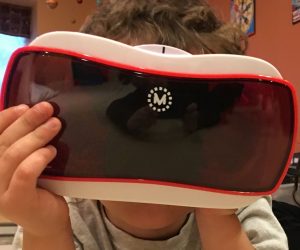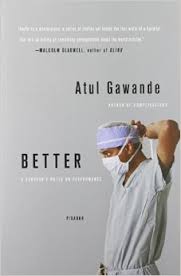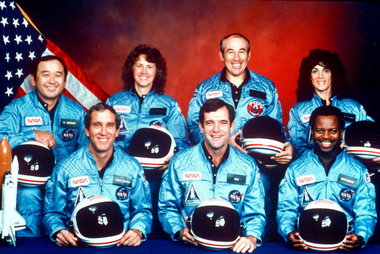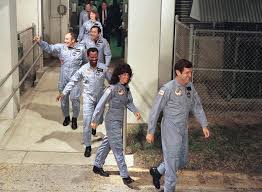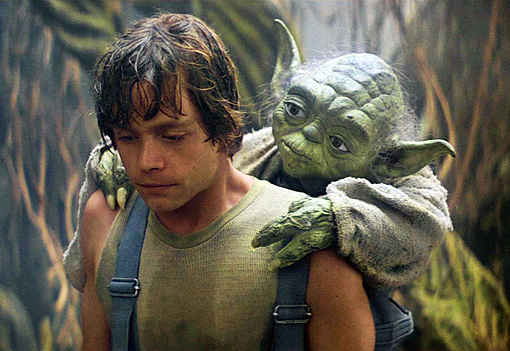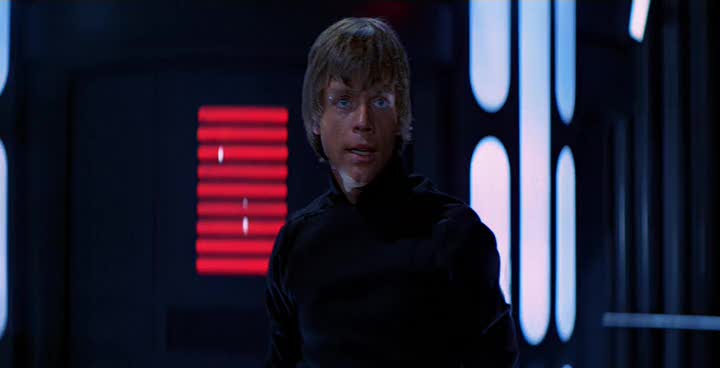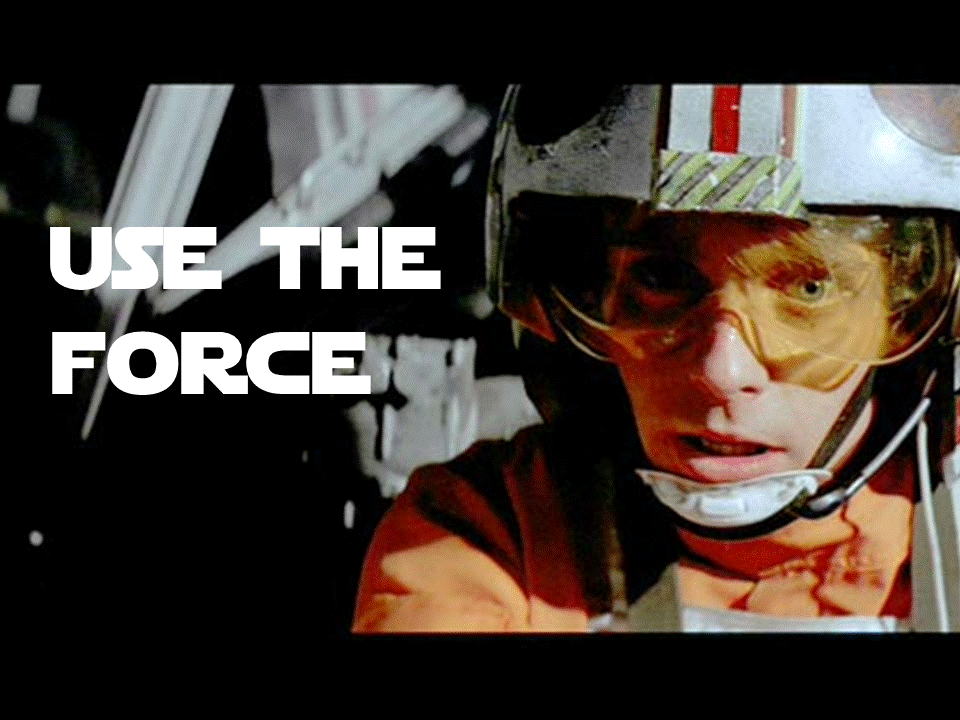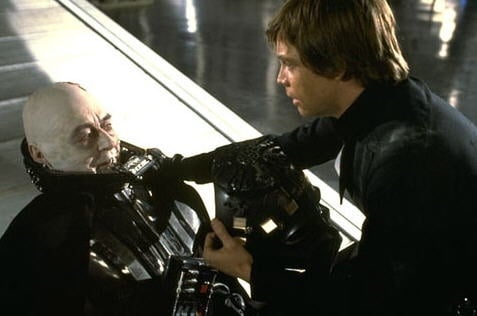Several months ago I requested a special item as part of a grant through the Deerfield Education Foundation. The item was a K’NEX Ferris Wheel. But this wasn’t just any normal Ferris Wheel. Oh no. This ferris wheel had over 8,500 pieces, and when finished would stand 6 feet tall. Oh, and did I also mention that it is motorized so it will actually rotate when switched on. I had first seen this creation at a school in Colorado about two years ago and I was so impressed that students had built it.

The Foundation was gracious enough to approve our grant along with the Ferris Wheel. It came in around November if I remember correctly but I wasn’t exactly sure how to organize students to build it. I thought and thought about how to do it. I asked around to teachers and Mrs. Schippers to see which students really liked K’NEX. I thought about asking specific students but I wanted to give all kids a chance to be involved that wanted to and not just a few. I thought about how to go about the process of building this monstrosity and getting as many students involved as I could most of December and winter break. I was reminded of it every time I went to the library and saw the enormous box that contained the more than 8,500 pieces. I was also a little concerned as the age suggestion for this project was 16+. Days became weeks and all that was to show was a box of 8,500 individual pieces taking up space behind the library desk.
One day while talking to Mrs. Schippers and Mrs. Pfeffer I was reminded of one of my favorite TED Talks from Sugata Mitra, professor of educational technology at Newcastle University. Mr. Mitra is the mind behind the “hole in the wall computers” in rural villages in India. An amazing thing happened when he simply installed these computers in the walls of buildings and walked away. Students began to play with them and learn on their own with no adult guidance. So I thought why not take the same approach with the Ferris Wheel. Kipling’s own little “hole in the wall’ project.
One day in January I gathered up almost two dozen bins, opened up the large box of pieces and placed them by color in the bins. Our makerspace was full of bins with over 8,500 K’NEX pieces just sitting on the table and the floor. I looked at the all of the pieces and then dropped the 40 page instruction manual in the middle of the table and walked away – determined to just watch and see what happened.
As I walked away I even had a moment right out of Sugata Mitra’s experience with the hole in wall computers. A student had wandered over from the Smartlab and asked me what all the stuff was. Acting clueless I said “I don’t really know, they sent it to us in the mail. Looks complicated though.” And then I left.
Over the next two months I waited and watched. What transpired amazed me. I watched students pick up the instructions and work on the project on their own. Sometimes it was just one student, sometimes a group of 10-12. In all I saw probably over 40-50 different 3rd, 4th, and 5th graders working on it in some way. And that was just the kids that I saw. Some students took the lead and organized others to work as a team. Other times a single student would work on a piece when they had a free minute. Regardless, when the next person or group came they evaluated the progress and picked right up where the other person(s) had left off. They worked on it during library time, after their Smartlab projects were finished, and at indoor recess. Whenever, there was a free minute someone picked up the task of building the project.

I was out of town last Friday when I received the message that the students had completed it. In a little over 2 months, students working together solved the problems, overcame the setbacks, and created the 6 foot tall project with nearly no adult guidance.
I said I am amazed but I shouldn’t be surprised. This is once again evidence of students rising to the occasion when given the opportunity. But it did get me thinking about some lessons from this experience that I think are applicable to all educators and even parents. Here are my 4 major takeaways.
1. Put challenging opportunities in front of students. Do not be dissuaded by the scope of a project or by student’s age. They are capable of so much more than we give them credit for. If something is going to hold them back let it not be the adults.
2. Let go. Resist the desire to control the project and the learning. Be comfortable if something seems a little messy and disorganized. There will be setbacks. Do not let that be a reason for an adult to jump in and “solve it” for the students. Big projects take time. Be patient.
3. Do not force collaboration. If a challenge is sufficient collaboration will happen naturally because it has to. Create challenges where the project and solutions are bigger than any one individual. Let students naturally discover the need for good communication and collaboration through necessity not direction.
4. Encouragement is maybe the most important gift we can give our children. They do not need us to solve all the problems nor do they need us to simply tell them they can do it. They need us to actually believe they can do it and then speak and act accordingly.
Remember, that our kids are capable of much more than we give them credit for. Just give them the chance. Sometimes it is okay to throw the pieces on the table and just walk away.








